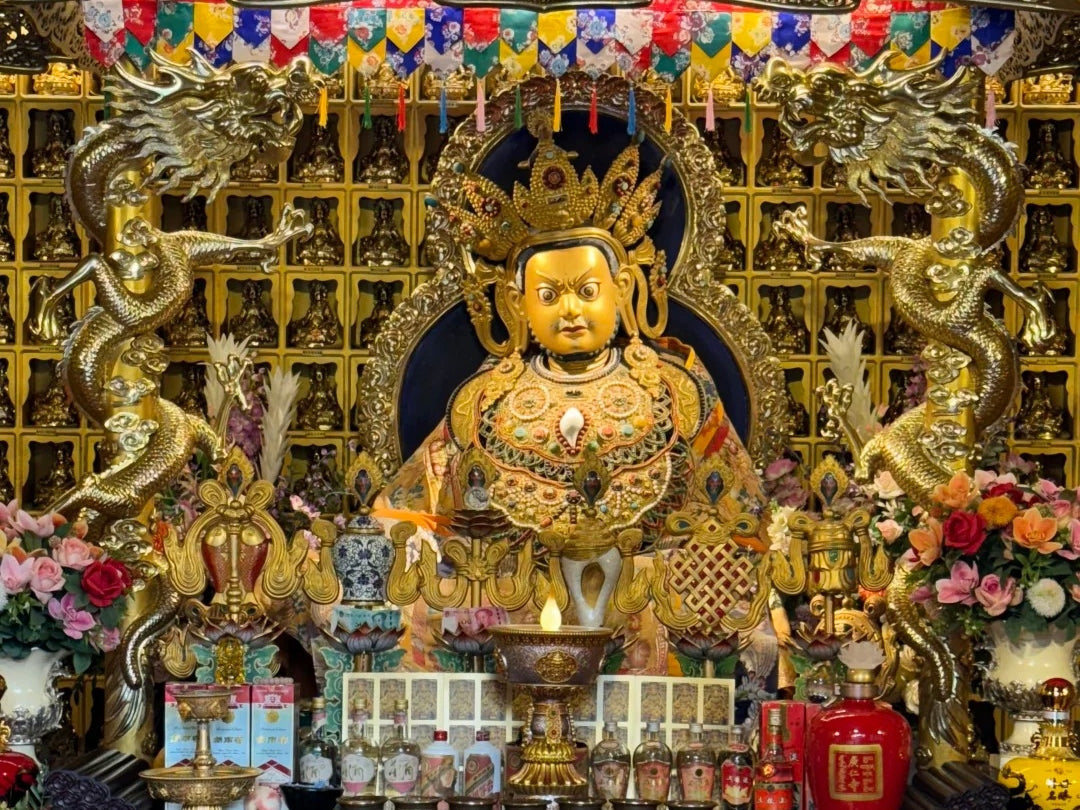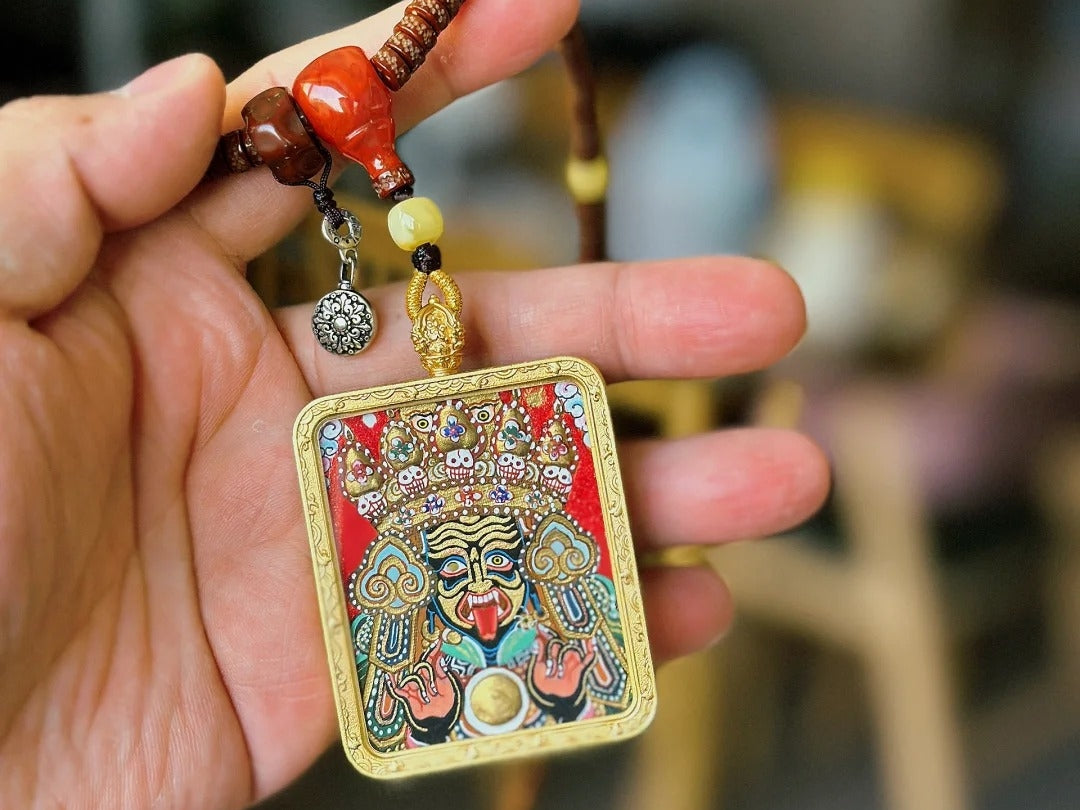From remote Himalayan valleys to bustling city markets, Tibetan silver jewelry holds a quiet power that transcends mere ornamentation. In every hand‑hammered cuff, delicately cast vajra, or filigree lotus pendant, centuries of spiritual tradition resonate. Let’s explore how Tibetan silversmiths integrate sacred symbols in jewelry—and why wearing these pieces can feel like carrying a blessing close to your skin.
Traditional Silverwork Techniques
Lost‑Wax Casting
One of the oldest methods, lost‑wax casting begins with a detailed wax model of a pendant or amulet. The artisan encases it in clay, then melts out the wax and pours molten silver into the cavity. Once cooled, the clay is chipped away—revealing a perfect silver replica, ready for filing and polishing. This technique allows for intricate details, from tiny mantras along the edge of a handmade Buddhist accessory to the sharp prongs of a miniature vajra.
Hammering & Chasing
In the high valleys around Lhasa and Kathmandu, many silversmiths still hammer silver sheets by hand, patiently chasing patterns with small punches. A single lotus petal might emerge after dozens of hammer taps, each echoing the artisan’s focus and intention. Over time, these repetitive motions not only shape metal but also quiet the maker’s mind—a form of moving meditation that channels blessings into the finished piece.
Filigree & Granulation
Tibetan craftsmen weave fine silver wires into lace‑like patterns—filigree—often framing central deities or mandala motifs. Granulation adds tiny silver beads that catch the light like morning dew on prayer flags. Together, these techniques create airy, weightless jewelry that feels almost living, inviting the wearer to pause and reflect.

Sacred Motifs and Their Meanings
Vajra (Dorje)
The vajra—or dorje in Tibetan—symbolizes indestructible compassion and the union of method and wisdom. It appears as a small, three‑pronged object in the hands of wrathful deities and as a standalone charm in rings and pendants. Wearing a vajra talisman reminds us to cultivate unshakable kindness, even in life’s storms.
Lotus Blossom
Rising clean from muddy waters, the lotus signifies purity and spiritual awakening. In Tibetan silver jewelry, you’ll find lotus petals framing deity figures or carved directly into delicate bangle surfaces. Each petal represents a step along the path—from ignorance at the muddy root to enlightenment at the flower’s peak.
Protective Deities
Figures like Green Tara, Mahākāla, and Vajrapāṇi appear frequently in Tibetan metalwork. A small Green Tara pendant offers swift compassion in moments of difficulty, while a fierce Mahākāla amulet wards off negative influences. These handmade Buddhist accessories serve as portable shrines, carrying the deity’s presence wherever you go.
Carrying Blessings with You
Beyond craftsmanship and symbolism, Tibetan silver jewelry carries the intention of both artisan and wearer:
-
Consecration Rituals: Before sale, many pieces are blessed by lamas in temple ceremonies, infusing them with protective energy.
-
Mindful Wearing: Touching a pendant or sliding a ring across your finger can serve as a moment of prayer or mindfulness, anchoring you in the present.
-
Personal Connection: Unlike mass‑produced trinkets, each handcrafted piece bears subtle variations and the artisan’s unique touch—encouraging a relationship between wearer and maker.
When you choose a piece of Tibetan silver jewelry, you’re not just adding to your collection—you’re joining a lineage of spiritual artistry that whispers of devotion, resilience, and awakening. Let each hammered petal or cast vajra remind you of the deeper journey we all walk.




